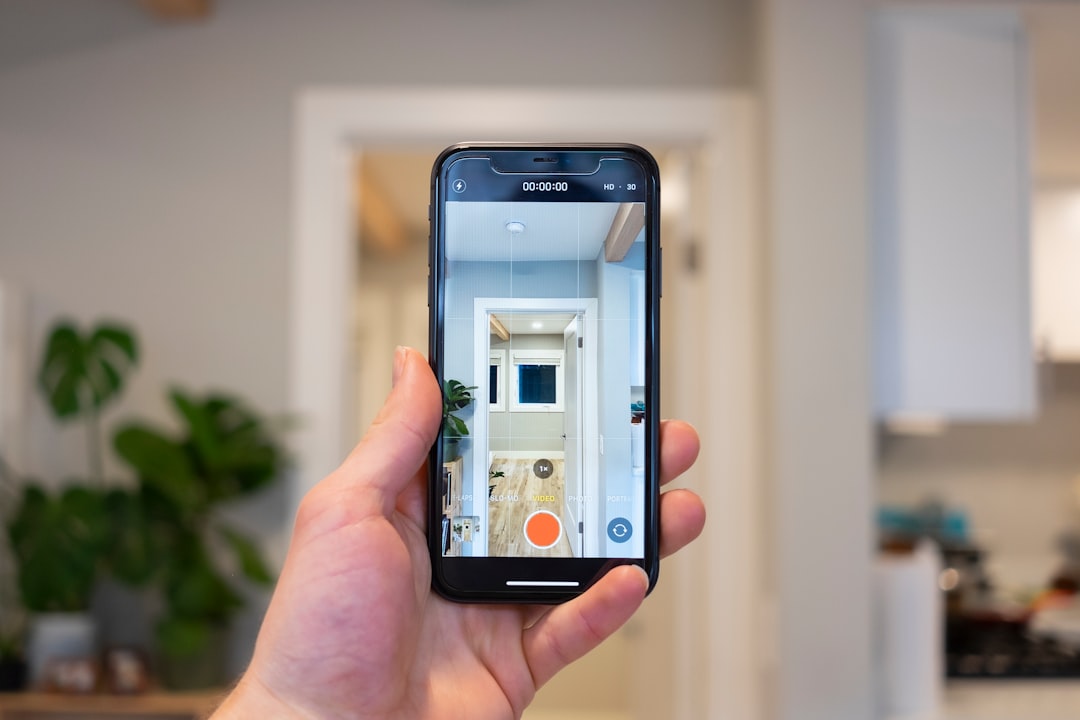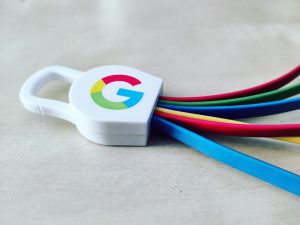Effortless Device Sharing for Busy Families with Google Home
Discover how Google Home simplifies device sharing for busy families. Streamline your smart home experience today!
Introduction
Overview of Google Home
Google Home is a line of smart speakers developed by Google, designed to provide users with hands-free assistance through voice commands. By connecting to the Google Assistant, these devices offer a range of functionalities, from playing music and setting reminders to controlling smart home devices.
As the hub of a smart home, Google Home integrates with various third-party devices, allowing users to manage their home environment efficiently.
Sharing Smart Home Devices
One of the standout features of Google Home is its ability to facilitate the sharing of smart home devices with others. This feature is particularly beneficial for families or shared living situations, where multiple individuals may need access to control devices such as lights, thermostats, and security systems.
By enabling shared access, Google Home ensures that everyone in the household can interact with and benefit from the smart home ecosystem.
Ease of Use
Google Home simplifies the process of sharing devices by offering intuitive controls and seamless integration. Users can easily add family members or roommates to their Google Home account, granting them access to specific devices or the entire smart home setup.
This user-friendly approach eliminates the need for complex configurations, making it accessible even for those who are not tech-savvy.
Security and Privacy
While sharing access to smart home devices is convenient, Google Home prioritizes security and privacy. Users have the ability to manage permissions and control what each individual can access.
This ensures that sensitive devices, such as security cameras or door locks, are only accessible to trusted individuals. Google Home employs robust encryption and security protocols to protect user data and maintain privacy.
Conclusion
In summary, Google Home enhances the smart home experience by making it easier to share devices with others.
Its user-friendly interface, combined with strong security measures, ensures that users can confidently extend access to their smart home ecosystem. As a result, Google Home not only streamlines device management but also fosters a collaborative and connected living environment.
Setup Process
Initial Device Configuration
To begin sharing your smart home devices using Google Home, first ensure that your Google Home device is properly configured.
Plug in the device and download the Google Home app from the Google Play Store or Apple App Store. Follow the on-screen instructions to connect your Google Home to your Wi-Fi network and link it to your Google account.
Once your Google Home is set up, ensure that all your smart devices, such as lights, thermostats, and security cameras, are connected to the same Wi-Fi network.
This will allow Google Home to communicate with them seamlessly.
Adding Devices to Google Home
Open the Google Home app and tap on the “+” icon to add a new device. Select “Set up device” and choose “Works with Google” to link your smart devices.
This will redirect you to a list of supported brands and services. Select the appropriate brand for each device and follow the prompts to link your accounts.
After linking, all compatible devices will appear in the Google Home app.
You can assign them to specific rooms for better organization and control. This step is crucial for managing device access and ensuring a smooth sharing experience.
Sharing Device Access
To share access to your smart home devices, navigate to the “Home” tab in the Google Home app.
Tap on the home you wish to share and select “Invite home member.” Enter the email address of the person you want to invite and send the invitation.
The invited person will receive an email with instructions to accept the invitation and join your home. Once they accept, they will have access to control the devices you have shared.
You can manage their permissions and remove their access at any time through the Google Home app.
Managing Permissions
Google Home allows you to customize the level of access each home member has. To manage permissions, go to the “Home” tab and select “Settings.” Choose “Household” and tap on the member whose permissions you wish to adjust.
You can decide whether they can add new devices, change settings, or only control existing devices.
Regularly review and update permissions to ensure your smart home remains secure and operates according to your preferences. This flexibility helps maintain control over your smart home environment while allowing others to enjoy its benefits.
Sharing Features
Simple Device Sharing
Google Home provides a streamlined process for sharing smart home devices with family members, friends, or housemates.
By using the Google Home app, users can easily invite others to control devices like smart lights, thermostats, and speakers. This feature eliminates the need for each person to set up devices individually, ensuring a seamless and unified smart home experience for everyone involved.
Customized Access Levels
With Google Home, users can customize access levels for each person they share devices with.
This means you can decide who has full control over certain devices and who can only access specific features. For instance, you might allow a family member to adjust the thermostat but restrict their ability to change security settings.
This flexibility ensures that your smart home remains secure while still being convenient for all users.
Integration with Google Accounts
Sharing features are deeply integrated with Google Accounts, making it easy for users to manage who has access to their devices. By leveraging Google’s robust account management system, users can add or remove people from their device sharing list with just a few taps.
This integration also ensures that all shared users have a consistent experience, as their preferences and settings are synchronized across devices.
Notifications and Activity Monitoring
Google Home enhances the sharing experience by providing notifications and activity monitoring. Users can receive alerts when someone interacts with shared devices, offering peace of mind and increased security.
Additionally, the activity log allows users to review recent actions taken by others, ensuring transparency and accountability within the shared smart home environment.
Voice Match Technology
Google Home’s Voice Match technology further personalizes the sharing experience by recognizing individual voices. This feature allows shared users to receive personalized responses and access their own playlists or calendars when interacting with devices.
Voice Match ensures that each user enjoys a tailored experience, even in a shared environment, enhancing the overall usability of Google Home.
Conclusion
Enhanced Accessibility
Google Home’s new features significantly enhance accessibility, allowing users to share their smart home devices with others more seamlessly. This improvement ensures that multiple users can interact with and control devices, making smart home technology more inclusive and user-friendly.
By simplifying the sharing process, Google Home eliminates previous barriers to entry, enabling everyone in a household to benefit from smart home technology without needing intricate technical knowledge.
Improved User Experience
The streamlined sharing process contributes to an improved user experience, as it reduces the complexity involved in managing smart home devices.
Users can now easily add or remove access for family members, friends, or guests, ensuring that everyone has the appropriate level of control over connected devices.
This enhanced user experience is pivotal in encouraging more people to adopt smart home technology, as it alleviates common frustrations associated with device management and sharing.
Increased Security and Privacy
With the ability to control who has access to smart home devices, Google Home strengthens the security and privacy of users. The new sharing features allow device owners to set specific permissions, ensuring that sensitive information and controls remain protected.
By providing these security enhancements, Google Home addresses one of the primary concerns users have about smart home technology, thereby increasing trust and adoption rates among potential users.
Future Implications
The ease of sharing smart home devices through Google Home sets a precedent for future developments in smart home technology.
As more companies follow suit, we can expect a more interconnected and user-friendly smart home ecosystem.
This advancement not only benefits current users but also paves the way for innovative solutions that further integrate smart home technology into our daily lives, making it an essential component of modern living.
FAQ
Q1: Who should consider buying Google Home for easier sharing of smart home devices?
A1: Google Home is an excellent choice for a wide range of users, including students living in shared accommodations, families who want to easily manage home devices, and frequent travelers who need seamless control over their smart home systems from anywhere. Its user-friendly interface and ability to share access with others make it ideal for households with multiple occupants or anyone who frequently has guests or house-sitters. With Google Home, sharing control of lights, thermostats, and other smart devices becomes a hassle-free experience.
Q2: Is Google Home compatible with other devices or software?
A2: Yes, Google Home is designed to be highly compatible with a wide array of smart devices and software. It works seamlessly with most major smart home brands, including Philips Hue, Nest, and Samsung SmartThings. Additionally, Google Home integrates well with other Google services like Google Assistant, allowing for voice control and automation. It also supports IFTTT (If This Then That), enabling users to create custom automations that link various devices and services together. Before purchasing, it’s a good idea to check the specific compatibility of your existing devices to ensure a smooth integration.
Q3: When is the best time to upgrade to Google Home, or are there better alternatives?
A3: The best time to upgrade to Google Home is when you are looking to centralize control of your smart home devices or if you are expanding your smart home ecosystem and need a reliable hub. If you already have a Google ecosystem in place, such as Android devices or Google Nest products, upgrading to Google Home can enhance your smart home experience. However, if you are heavily invested in another ecosystem, like Amazon Alexa or Apple HomeKit, you may want to consider how Google Home will integrate with your existing setup. It’s also wise to look out for sales events or new product releases, which can offer better pricing or improved features.
Takeaway
Ready to make an informed decision on your next gadget purchase? Dive into our hands-on product reviews to get a real feel for what each device has to offer. Compare specs side by side to find the perfect match for your needs. Still have questions? Visit the official site for more details and expert insights. Your next favorite gadget is just a click away! According to a report by Bloomberg,











Comments